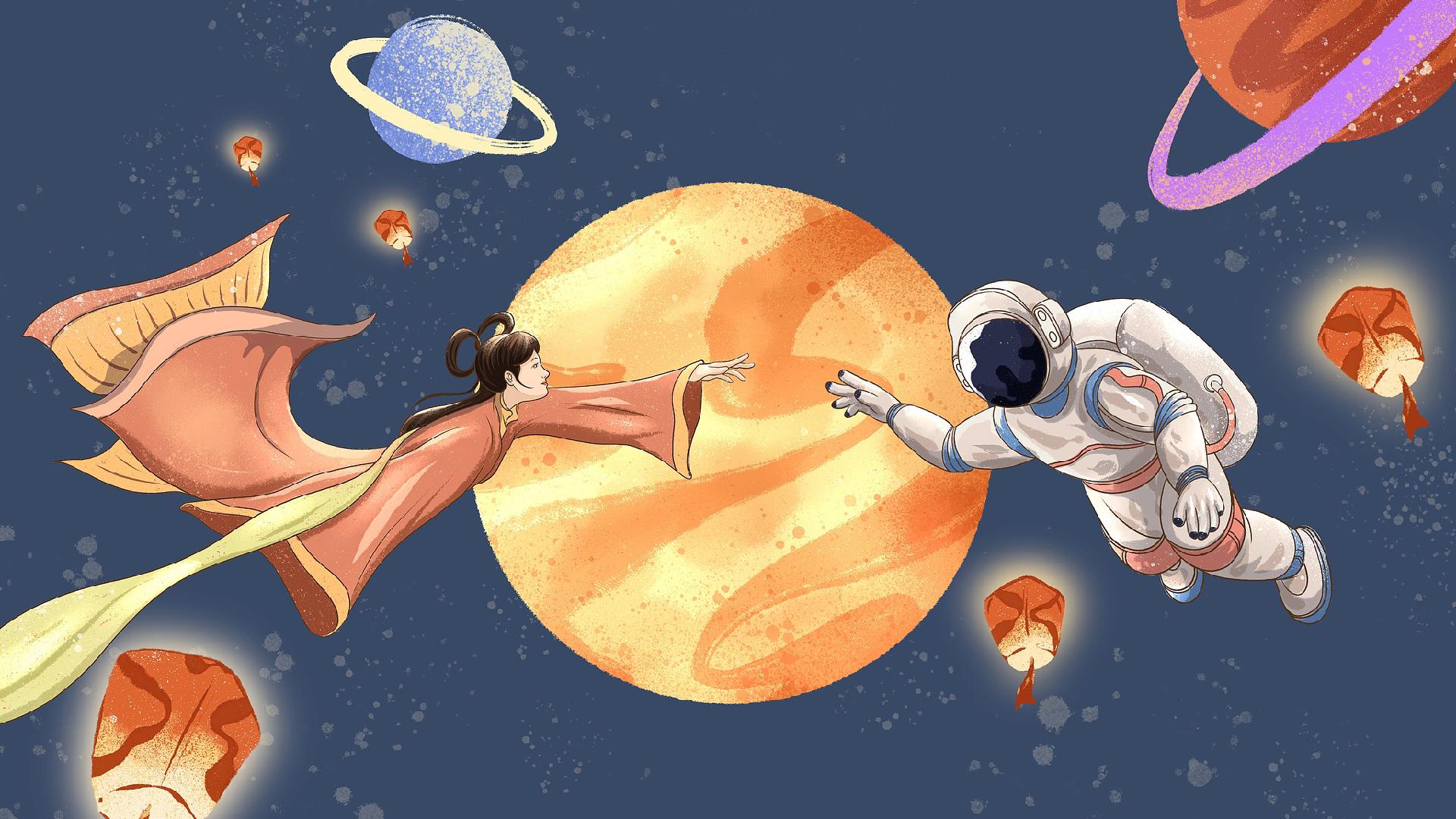From the Mid-Autumn Festival to their space initiatives: China's fascination with the moon
Exploring the journey from Mid-Autumn celebrations to the ambitions of its space program, this article delves into China's deep-rooted fascination with the moon.

Ancient Chinese literature, such as the verses in Shijing, compares the moon's elegance to the beauty of a woman, while poets like Li Bai have found solace in the moon during times of homesickness. The moon continues to symbolize global unity today, visible to people everywhere.
The Mid-Autumn Festival, which falls on the 15th day of the eighth month of the Chinese lunar calendar, emphasizes lunar appreciation and family gatherings. The festival highlights the full moon, seen as a symbol of completeness, and features the distribution of mooncakes, which historically were offerings to the moon deity.
The tale of Chang'e, the enchanting woman who ascended to the moon, has been a staple of Chinese folklore for generations and now fuels the nation’s ambitions in space exploration.
Named after the legendary moon goddess, China’s Chang’e program has achieved remarkable milestones in space, such as landing probes on the unexplored far side of the moon and bringing back lunar samples in 2024. "The tales of Chang'e inspired me as a child," says Wu Weiren, the program's chief designer, who has since committed his career to unlocking lunar mysteries.
China is now focused on expanding its lunar endeavors, planning to deploy taikonauts to establish a lunar research base, with a goal to have the first taikonaut on the moon by 2030.
Even though the mythical Chang’e might not be waiting, China’s determination to discover more lunar secrets continues strong.
For further details on China's space efforts, click here.
Anna Muller for TROIB News
Discover more Science and Technology news updates in TROIB Sci-Tech












